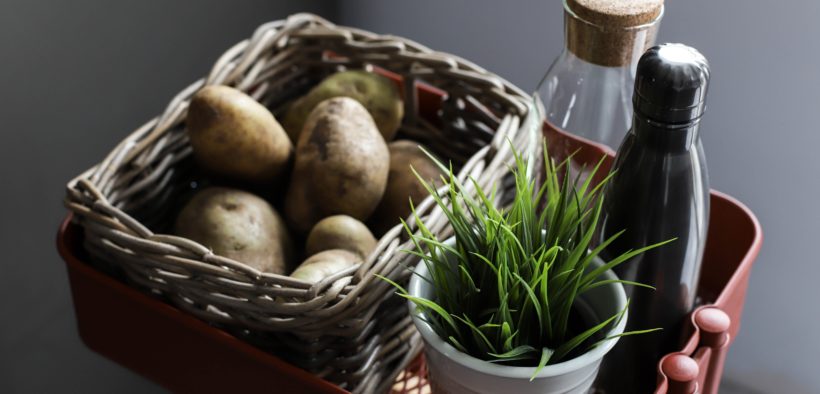We work with food manufacturers to ensure that opportunities for effectively repurposing food by-product waste are realised. Many opportunities exist for our food manufacturing clients to maximise the value and sustainability of their by-product waste. Food by-products have levels of protein, fibre, minerals, fatty acids and bioactive compounds ensuring they can be used in a variety of value-added product generation.
About 38% of food waste in Australia occurs during food processing. This includes the seafood, dairy and fresh produce industries that produce a variety of by-product waste that can be transformed into value-added product generation. Food by-products processing includes:
- Fruit and vegetable by-product (peelings, stems, seeds, shells, bran, trimmings residues)
- Grain processing by-product
- Winery by-product (vine prunings, grape stalks, grape pomace and grade seeds, yeast lees, tartrate, carbon dioxide and wastewater)
- Seafood by-product (skins, bones, oils, and blood)
- Meat by-product
- Dairy by-product (whey, curd and milk sludge)
Food waste with high amounts of fat and protein are well suited as animal feed. These food by-products include:
- Dough waste noodles
- Bran
- Middlings
- Waste from oats (flour, flakes)
- Oat bran
- Brown rice waste
- Rice bran
- Rice flour
- Silverskins
- Molasses
- Small beets, roots and other parts
- Whey
- Pomace (grape, apple etc.)
Winery by-product
Grape growing and winemaking generate a number of by-products. These materials include vine prunings, grape stalks, grape pomace and grape seeds, yeast lees, tartrate, carbon dioxide and wastewater.
In particular, grape pomace has a generous combination of ethanol, tartrates and malates, citric acid, grape seed oil, hydrocolloids and dietary fibre. Its potential to be blended into an animal feed application ensures its application and value are maximised.
Grape seed has high levels of linoleic acid. Grapeseed oil is beneficial to human health and has excellent dietary characteristics.
Seafood by-product
Freshwater and saltwater seafood waste includes skins, bones, oils, and blood. A huge opportunity for seafood by-product (including the entire fish and its by-products) is the production of fish meal. Fish meal has a high nutritional value of protein (70%), mineral (10%) and fat (9%) content enabling it to be incorporated into fish feed blends to maximise its value. Fish by-products such as trimmings, frames and milled dry waste can all be used in the processing of fish meal. The amino acids and bioactive compound levels in fish by-product are good for human health.
Dairy by-product
Dairy industry waste includes whey, curd and milk sludge. Whey has high levels of solvent proteins, is rich in minerals and nitrogenous compounds. Whey’s nutritional and biological properties contribute to health and well-being.
This article was originally published on benzoil.com.au


























































Follow us on social media